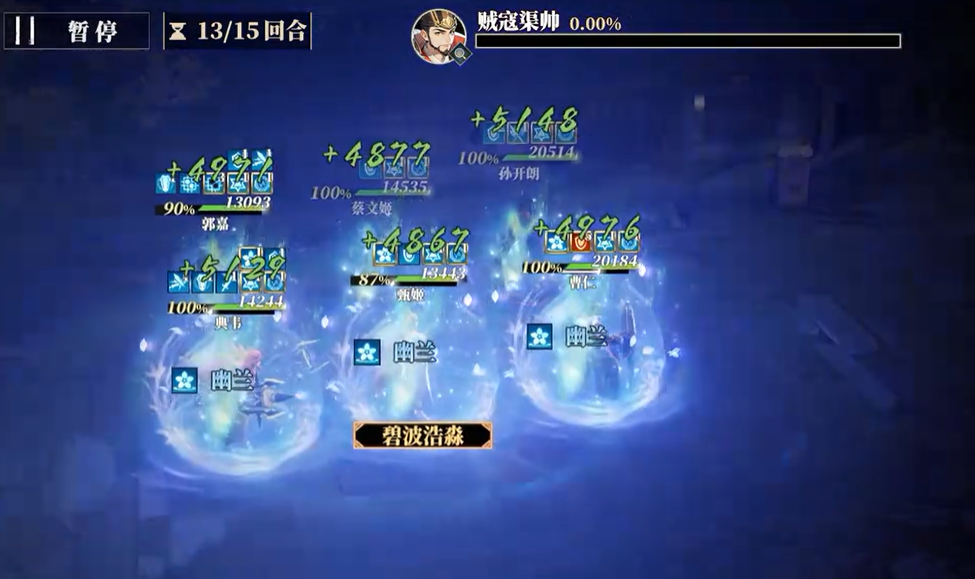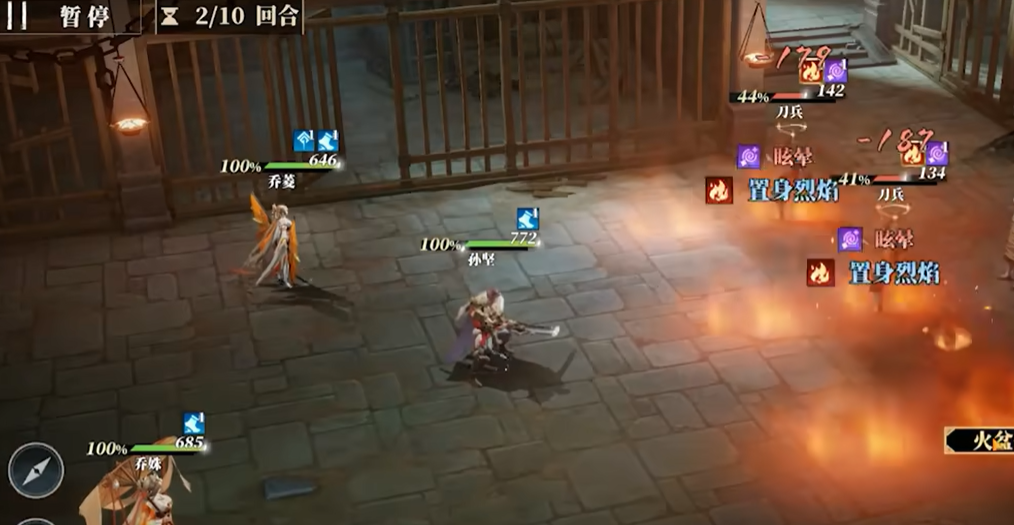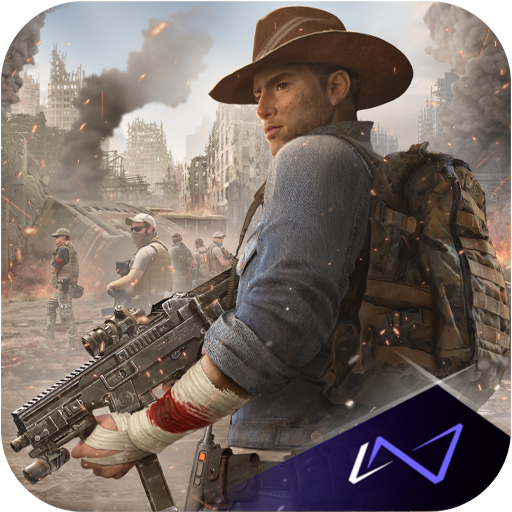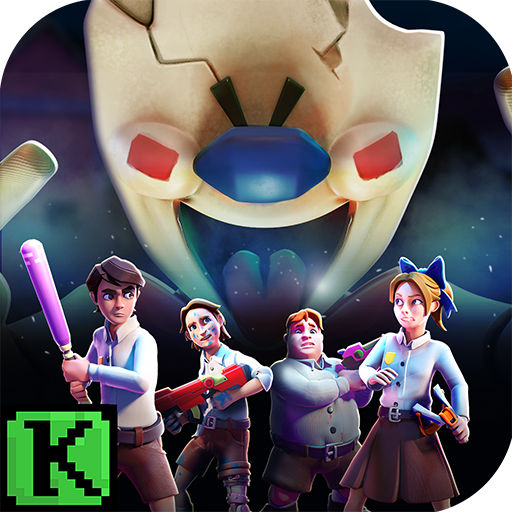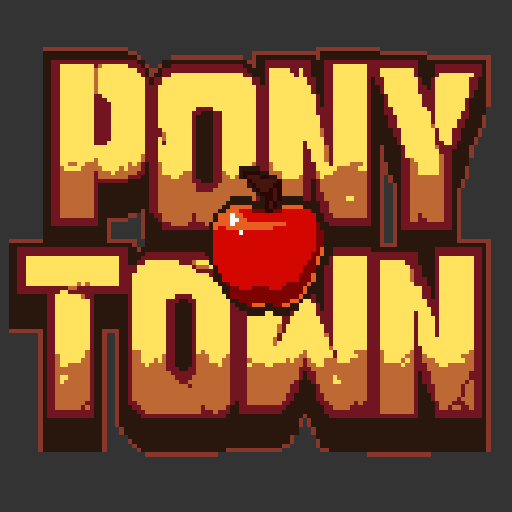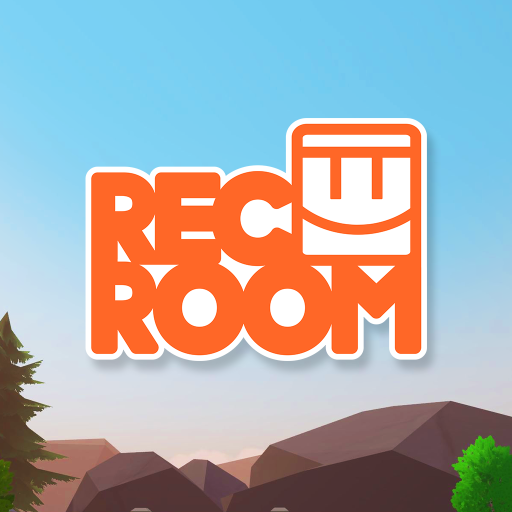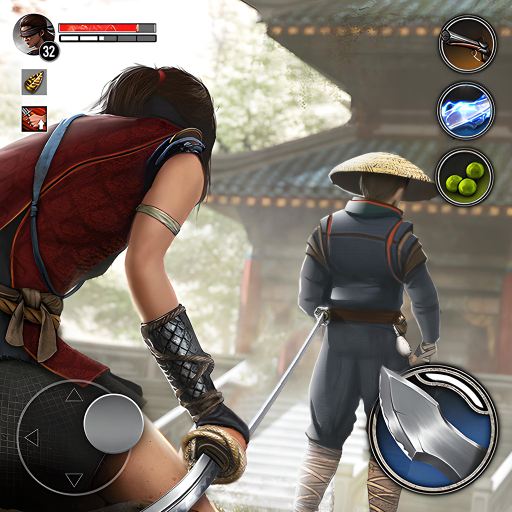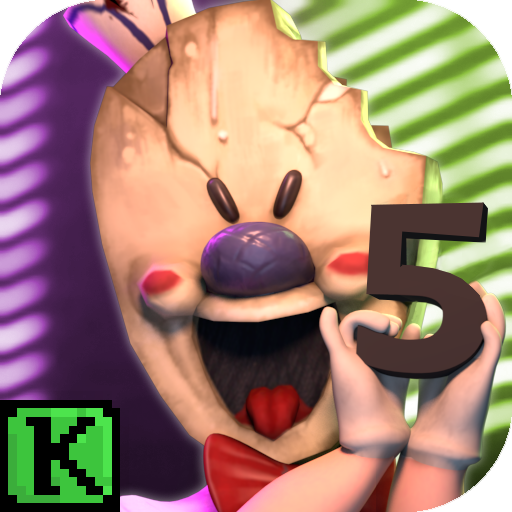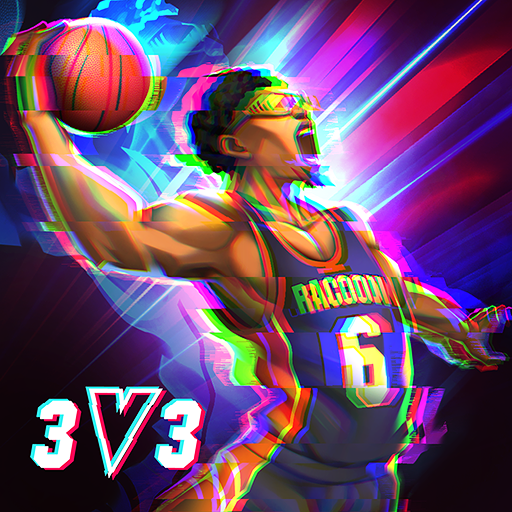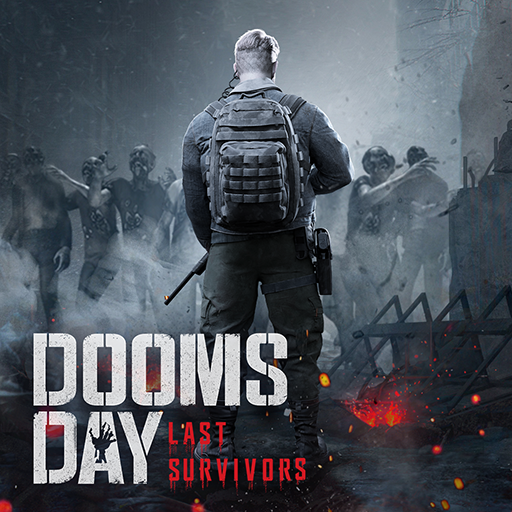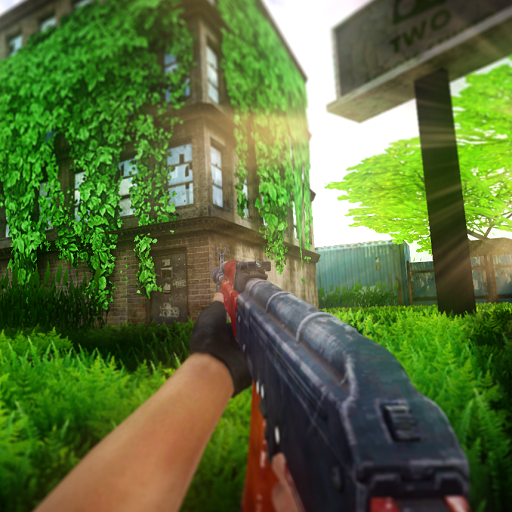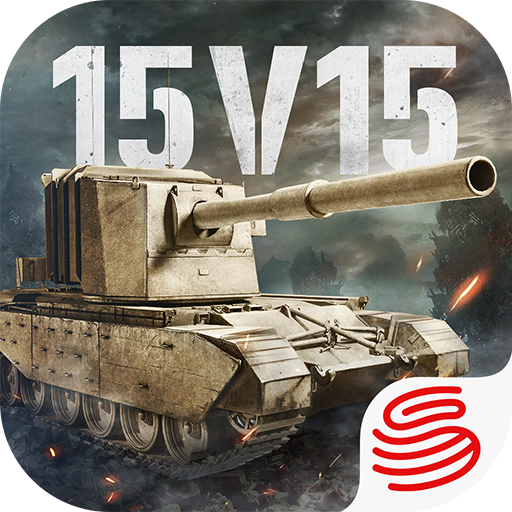This article describes the Darkest Dungeon game strategy. As a popular work, the game is deeply loved by many players. However, due to its certain level of difficulty, beginners often encounter a lot of trouble and difficulties at the beginning, which prevents them from quickly experiencing the fun. Therefore, to help everyone, the following guide will lead friends to quickly familiarize themselves with the gameplay and other aspects, so that all players can smoothly start their adventure.
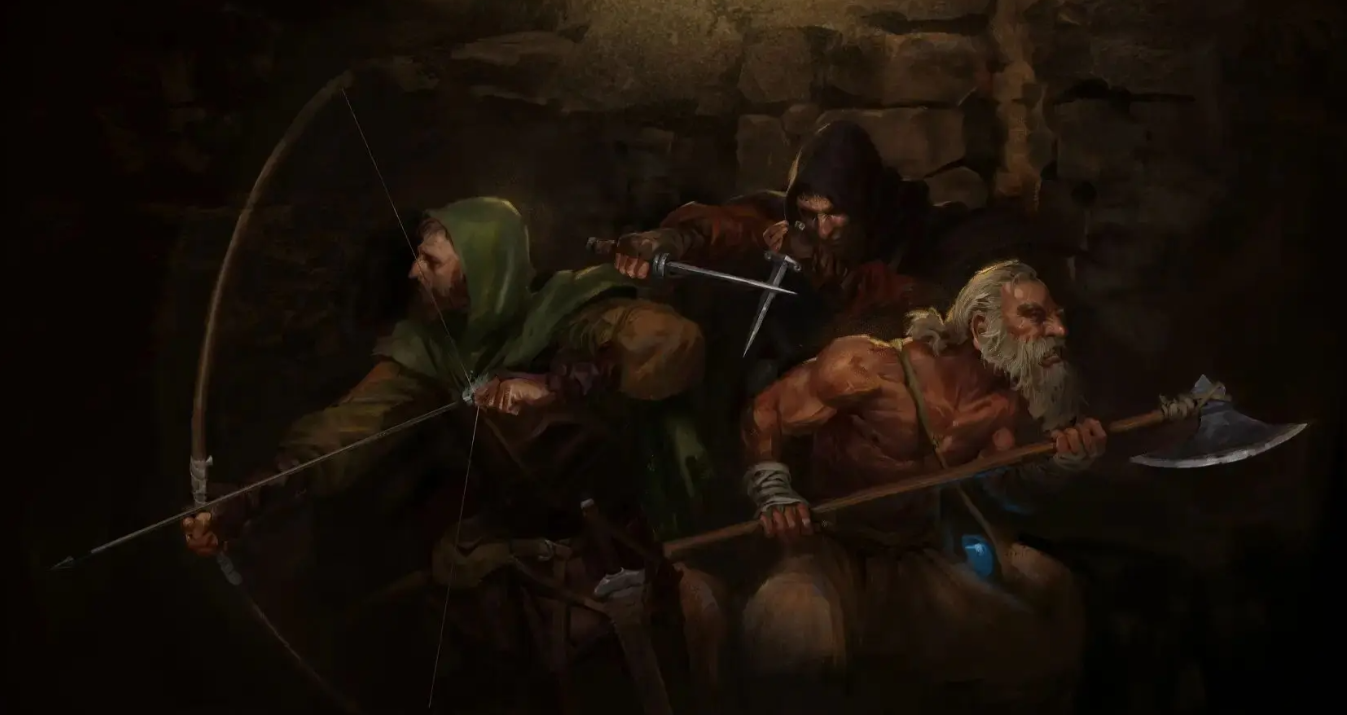
I. New Player Class Recommendations
Classes available are Warrior, Druid, Priest, and Thief. The Warrior is quite versatile; starting with a bow for monster hunting provides an excellent experience. Priests find it easy to team up, and the hammer and skills given at the start have just enough damage, so there's no need to worry about early-game challenges. Druids start with self-healing, regaining 1 HP every 3 seconds, totaling 20 HP per minute. Switching to a spellbook allows summoning treants to assist in combat, making it easier to deal with ranged monsters, which new players often fear. These three classes are highly recommended for beginners. Lastly, the Thief, although powerful and able to open any chest without conditions, requires a very good knowledge of the map to play effectively.
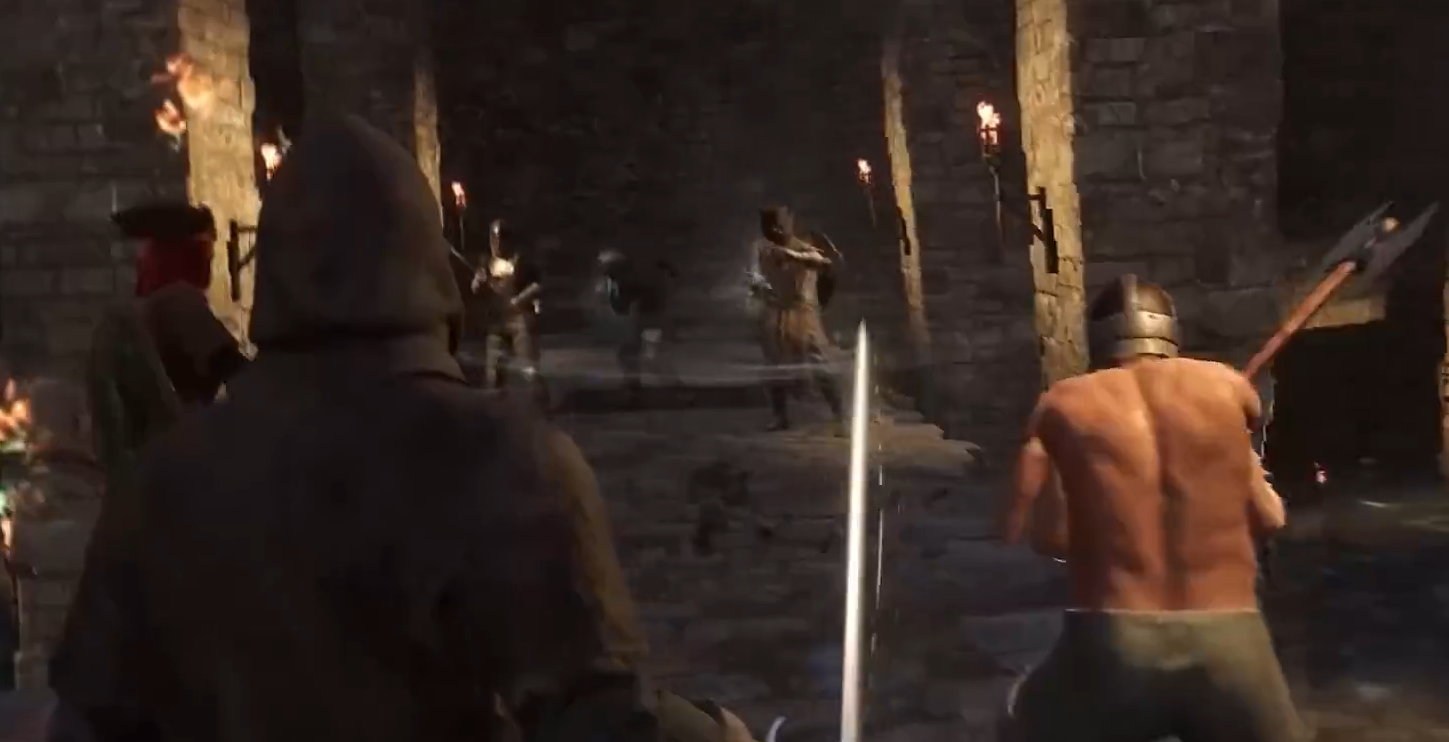
II. Gameplay Rules
The game features different maps, such as normal dungeons and high-difficulty dungeons. You can form a 3-person team with friends and compete with other players. Inside the dungeon, you can defeat various monsters and place the loot in your inventory. Only by successfully escaping through the portal can you bring these items back to your warehouse, where they can be used or exchanged for currency. If you die during this process, the equipment and loot on your body will likely be divided among other players. Around 6 minutes before the time runs out, blue and red pillars will randomly appear on the map. Blue represents the evacuation portal, and red represents the portal to the next level. Each portal can only evacuate one person, and once someone uses it, the pillar will disappear. The rest must quickly find other pillars, or they will be poisoned to death.
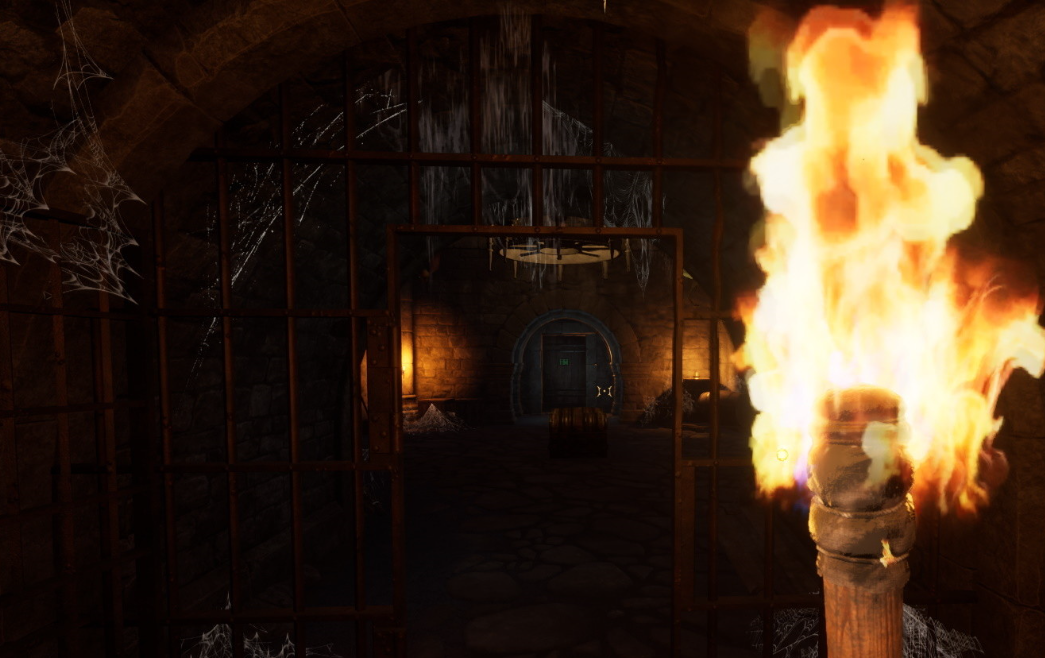
III. Mechanism Introduction
Understanding the various mechanisms is also very important. First, the inventory is divided into quick-access and regular slots. The quick-access has 4 slots, and it's recommended to place frequently used items here for quick use. The initial capacity of the regular inventory is 5×10 slots, where you can store loot. Next, talents and skills can be selected in the character interface. Initially, you can carry a small number of skills, but this increases as you level up. Then, spells require a weapon as a medium and need a certain amount of chanting or other conditions to cast. It's suggested to choose when to cast based on the situation. Finally, resurrection: generally, when a character falls, it doesn't mean immediate disqualification. After dying, a soul heart appears, visible after removing the chest armor. Take it to an altar on the map to consume health and resurrect.
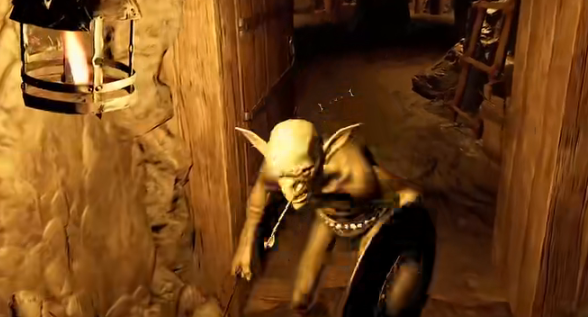
IV. Map Introduction
In the map, blue and red books represent minerals, and golden chests are usually lion-headed or golden treasure chests. Red markers indicate high-level monsters or bosses. There are also many minor monsters on the map. Ordinary goblins are not difficult to defeat and can usually be taken down without injury. Archers should be handled with caution, preferably by circling around them counterclockwise. Mages should be approached directly. Skeletons with iron shields and helmets are very dangerous and require some time to defeat. They generally spawn in the middle and northern layers. The ones in the north will not be released unless you pull the lever on the ground, so it's best to avoid fighting them.
V. Attribute Values
A character's strength affects base health and physical damage. Agility determines attack speed and movement speed. Willpower increases spell damage, extends the duration of buffs, and enhances healing. It also improves resistance to enemy spells. Knowledge determines spell memory, increasing casting speed and item identification speed. Cunning affects interaction speed with items and speeds up setting campfires and traps. It's recommended to selectively improve attributes based on your class and needs.
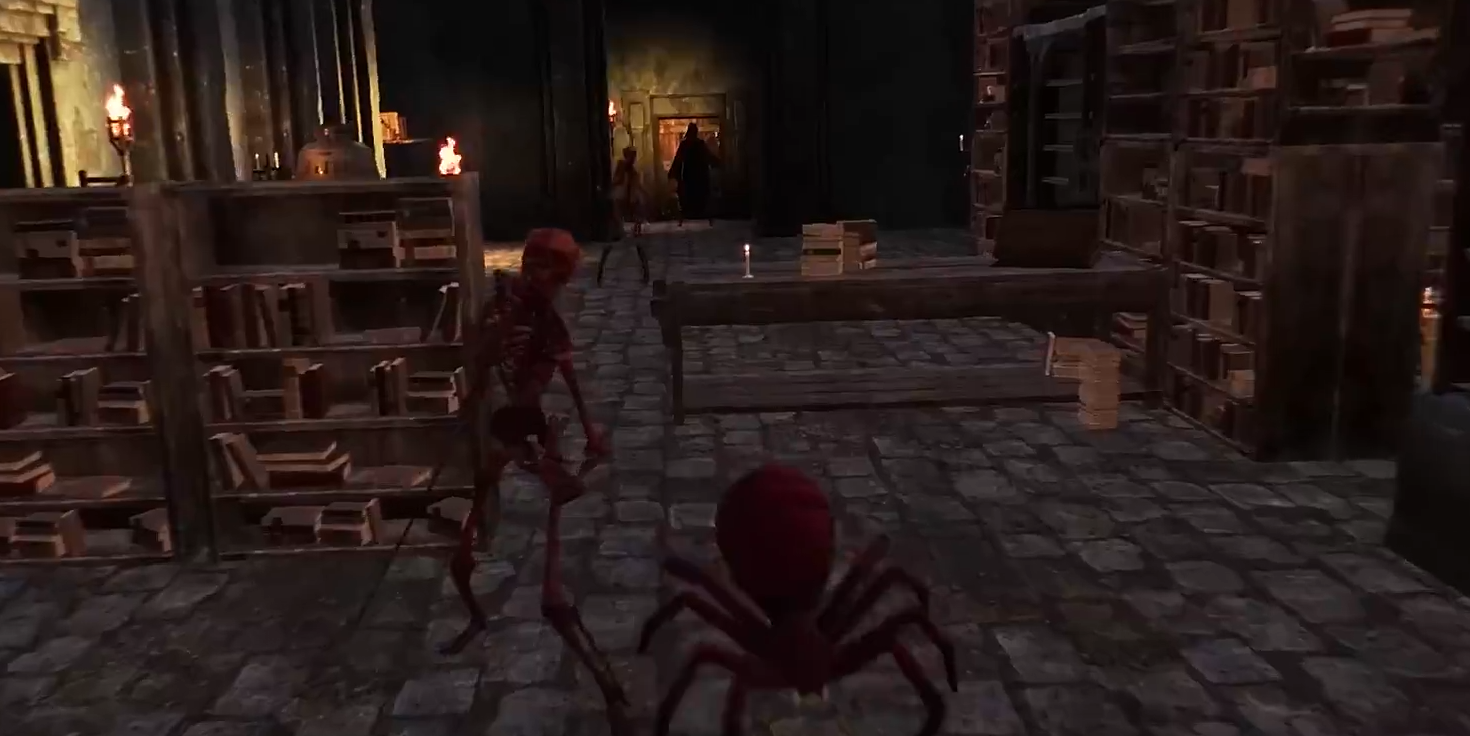
The Darkest Dungeon game strategy ends here. This guide has covered class selection and gameplay introductions, which will help newcomers get started. We also hope that everyone, after understanding the above content, can make good use of the training mode, continuously improve their skills and awareness, and remain invincible in this world.
